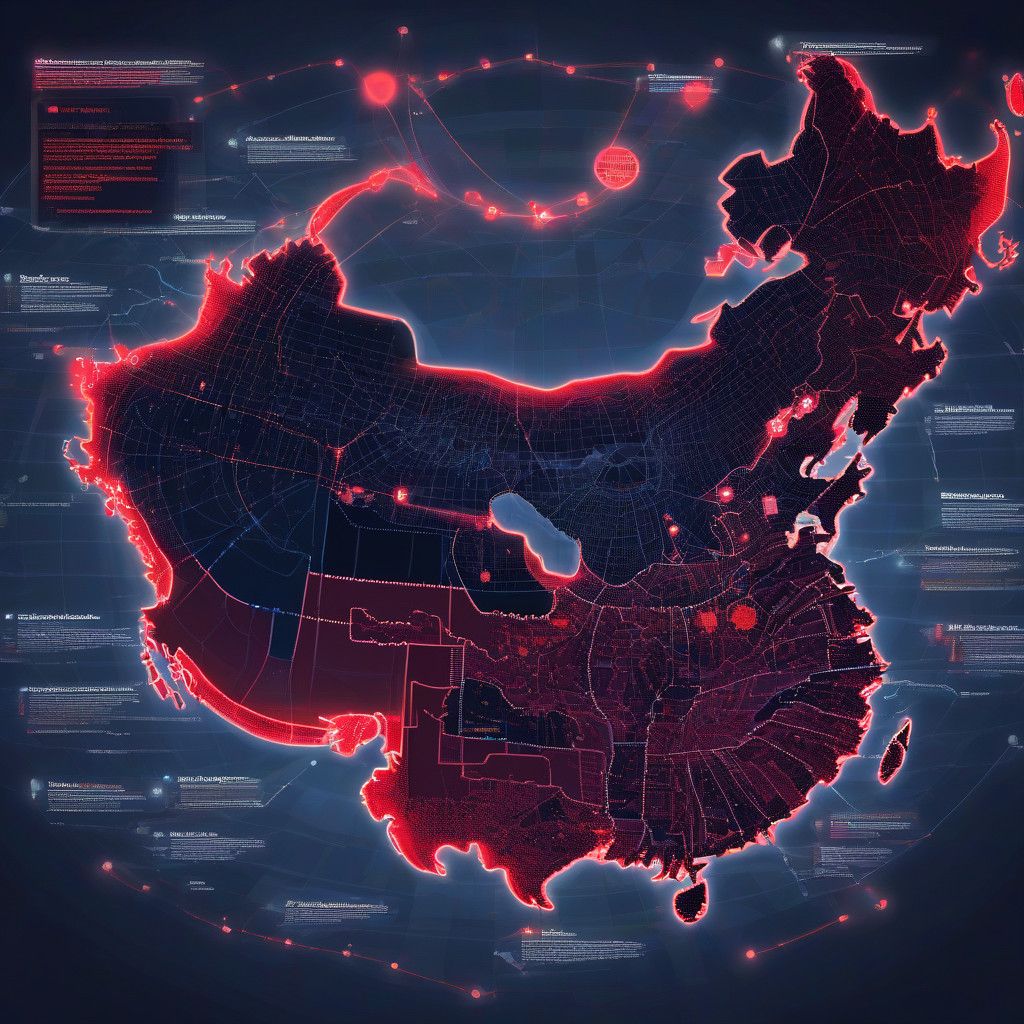Recent warnings from U.S. officials highlight a pressing concern regarding cybersecurity and national security. According to Morgan Adamski, the executive director of U.S. Cyber Command, Chinese hackers are infiltrating critical infrastructure networks across the United States. This situation poses significant risks, as these hackers pave the way for potential disruptive attacks, especially in the context of rising geopolitical tensions.
Adamski’s statements were made during his address at the Cyberwarcon security conference in Arlington, Virginia. He revealed that Chinese cyber operations are not merely focused on espionage but are strategically embedding themselves within vital infrastructure networks. The goal? To secure an advantageous position in the event of a future conflict with the U.S. By targeting critical services like energy, water, and air conditioning systems, these hackers can cripple foundational elements of American society at a moment’s notice.
Recent examples underscore the severity of this threat. For instance, the manipulation of Heating, Ventilation, and Air Conditioning (HVAC) systems in data centers can lead to catastrophic failures, compromising not only data integrity but also national information networks. Disrupting energy supplies or water controls could create chaos, affecting millions of citizens. Such scenarios have been discussed openly among government officials and cybersecurity experts, signaling that the stakes have never been higher.
The U.S. government’s response has been multifaceted. Adamski outlined globally coordinated efforts including both offensive and defensive strategies designed to counteract these cyber threats. This involves exposing Chinese cyber operations, imposing sanctions against perpetrators, and issuing cybersecurity advisories that aim to bolster defenses across the nation. Efforts are also underway to collaborate with allied nations, increasing the resources available to tackle this clear and present danger.
Furthermore, U.S. Senator Mark Warner described a troubling cyberespionage campaign linked to China known as ‘Salt Typhoon.’ This initiative is highlighted as one of the worst telecommunications hacks in U.S. history, drawing serious concerns about the depth of China’s cyber capabilities. It serves as a stark reminder of the strategic vulnerabilities that exist in critical infrastructure systems.
China has continuously denied any involvement in these cyber attacks, yet evidence suggests a pattern of persistent and sophisticated interference in U.S. operations. The repeated claims from U.S. officials, including specific references to tactical exploits and system infiltrations, paint a picture of a coordinated and proactive threat landscape.
The significance of these developments cannot be overstated. With an increasing reliance on digital solutions and interconnected systems, American infrastructure is more vulnerable than ever. Strategies for safeguarding these assets must evolve rapidly in response to emerging threats. Organizations and businesses must prioritize cybersecurity measures, continuously updated protocols, and employee training to mitigate risks.
Incorporating technologies like advanced firewalls, intrusion detection systems, and regular penetration testing could prove crucial for entities that manage critical infrastructures. By adopting these measures, stakeholders can fortify their defenses and ensure public service continuity while preparing for future challenges.
The current landscape necessitates robust discussions around cybersecurity policies, international cooperation, and investment in defensive capabilities. As governments and businesses collectively work towards heightened vigilance, the symbolic implications of fighting back against cyber incursions become increasingly important.
In conclusion, as reported by senior U.S. officials, the specter of cyber warfare looms larger, underpinning the need for comprehensive strategic planning and collaboration. The onus lies not only on governmental entities but also on private organizations to cultivate a culture of cybersecurity awareness. Emphasizing prevention is integral to securing the future of critical U.S infrastructure against increasingly sophisticated threats.












